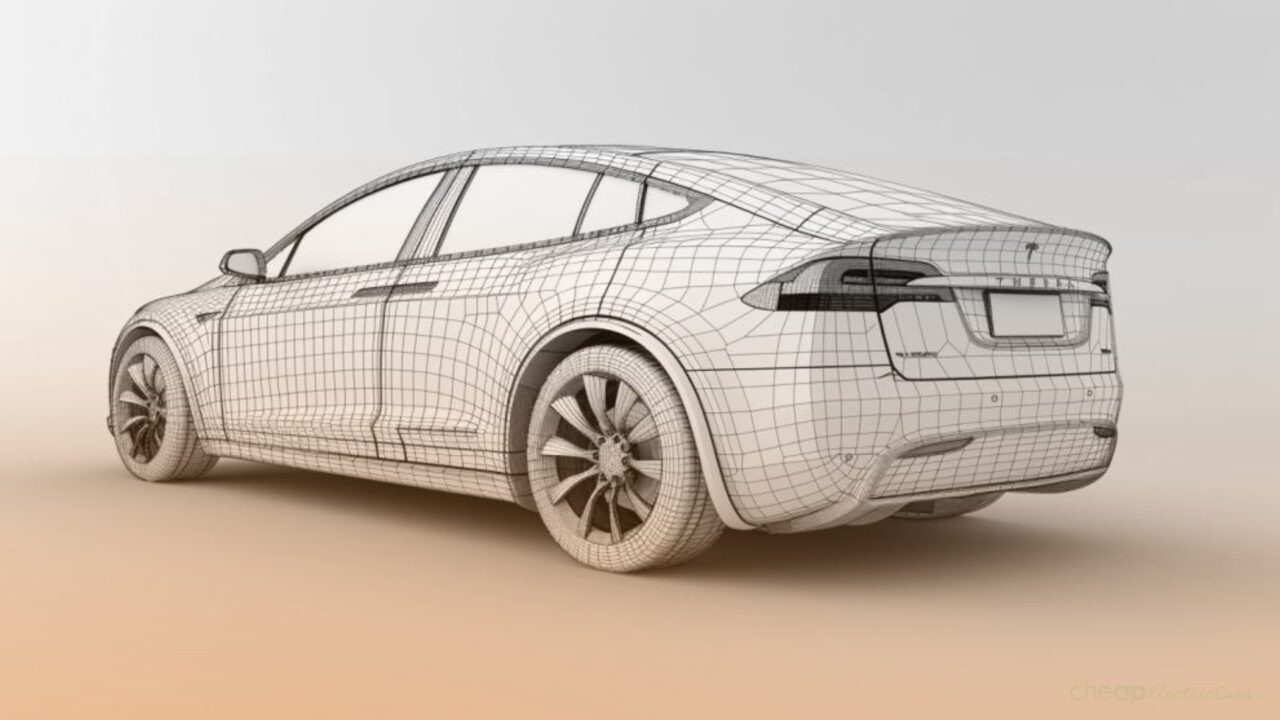Will innovations from China’s EV market help them to get a lead in a marketplace where only the most adaptable and robust companies will thrive?
Production costs for EVs to be cheaper than ICE vehicles
Gartner, Inc., the US-based IT research and advisory company, has forecasted a new era for vehicle makers with innovations aimed at simplifying production costs, such as gigacastings making traditional car makers adapt to stay competitive.

Gartners’ forecasts show that by 2027, the cost of making next-generation battery electric vehicles (BEVs) will, on average, be lower than internal combustion engine (ICE) counterparts. Production cost decreases are even outpacing the reduction in battery costs, meaning at current rates, vehicle production costs will be equal much sooner than anticipated.
However, the stiff competition in the Global Electric Vehicle market might see up to 15% of EV companies set up in the last ten years facing uncertain times as the market matures from a ‘gold rush’ to a ‘survival of the fittest’ scenario. Success in this market hinges on innovation, to cater for mainstream consumers with quality and sustainability fixes being critical.
Higher repair costs and insurance issues
However, they also suggest that it is not all good news as certain BEV repairs, particularly those involving the vehicle body and battery damage following accidents, will become around 30% more expensive as this sector has been slower to adapt.
Potentially, this will lead to higher insurance costs and might even lead to the refusal to cover certain EV models.
Innovations from China
This move in innovation has already been seen in the fiercely competitive Chinese EV market according to Fortune.com.
BYD, which leads the global EV market, now has a drone that can launch and land on the vehicle, controlled by the in-car display which is great for the content-creating driver. Gaming enthusiasts will also be happy with the detachable steering wheel that can effectively turn the car into a gaming console.
This though, might have taken the lead from Tesla’s integration of the Steam gaming platform and Li Auto’s compatibility with Nintendo Switch as similar innovations.

Luxuries such as built-in fridges and karaoke systems are old news now, and new innovations aimed at enhancing lifestyle and convenience are being added to make the EV more desirable.
In-car sleeping kits and cooking worktops are all designed to try to kickstart sales in a slowing Chinese domestic market. One example is Rox Motor Tech‘s rear-mounted camping-style kitchen which reflects a thoughtful approach to vehicle design.
A further example is Xpeng’s G9 SUV which has an automatically inflating bed for two, reflecting an understanding of China’s diverse consumer needs, where busy workers doing long office hours can take a much-needed nap. Other comfort innovations are seen in Geely’s Galaxy E8 sedan, which minimises motion sickness as the car vibrates at the frequency of the human heartbeat.
This surge in creativity is seen as vital for smaller companies as a result of China’s decision to cut back on once-generous subsidies. These unique features set a high bar for Western automakers to match this innovation if they are to continue to make roads into this market and maintain sales in the West.

This commitment to innovation might signal a future where the car is not just for transport, but more of a second living or working hub with entertainment and exploration as the key.
Mercedes
However, Mercedes has decided to adopt a “flexible” strategy allowing the continued production of internal combustion engine (ICE) based models alongside electric vehicles.
Originally, Mercedes-Benz aimed to have its entire lineup electric by 2030, but now sees that plug-in hybrid vehicles (PHEVs) and EVs will constitute about half of the company’s global sales by that time. Mercedes’s new M282 petrol engine has been developed in collaboration with Geely and is likely to be used in Lynk&Co and Volvo cars too.
Meanwhile, electric variants of the CLA will be made with single or dual-motor setups and battery options with ranges of up to 466 miles.
Mercedes sees price parity as a distant goal with small to medium cars being the main growth areas for a broader audience to connect with the technology. Which way the industry goes from here will definitely be interesting!
The Shakeout
The phrase “from the gold rush to the survival of the fittest” in the context of the electric vehicle (EV) market captures the evolution of the industry from a phase of rapid growth and investment to a more mature and competitive stage, where only the strongest companies succeed.
Initially, the EV market experienced a “gold rush,” characterised by an influx of investments, startups, and new technologies. This phase was driven by the global push for cleaner energy, government incentives, and the rising consumer interest in sustainable transportation.

Much like the actual gold rushes of the 19th century, this period saw a flurry of activity and optimism, with numerous players entering the market hoping to capitalise on the anticipated shift. However, as the market matures, the Shakeout hits, where only the companies that can best adapt to changing conditions will thrive.
EV companies must navigate these challenges to remain viable against increased competition. Consolidation and acquisitions by more successful companies or mergers are already being seen as well as in some cases, the failure of firms that can’t keep up.
If you want to read more about EV innovations, read about The Future of Autonomous Driving here.
